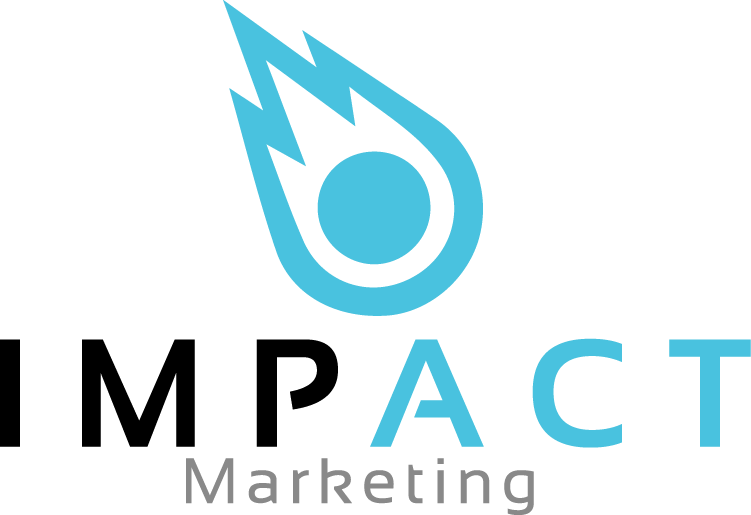Industry Terminology – Part 2 of 3 – Digital Marketing
Through operating in the digital marketing industry for many years, there are a number of different terms we use everyday. If you are unfamiliar with digital marketing, these terms can be completely alien to you. Therefore, we have put together this helpful glossary of industry terminology. We have split this terminology into three separate parts. The second of which we cover in this post. We have also written two further posts covering direct marketing terminology and data terminology.
This includes a variety of terms and abbreviations commonly used when speaking of various marketing and data related services. As direct marketing encompasses multiple marketing methods and data techniques, there are many terms you may not necessarily be familiar with.
We hope this industry terminology is useful and helpful for you. If you have any questions, please get in touch and we will be happy to elaborate further.
What is a Graphic?
A graphic relates to any visual art that complements your marketing material(s). This can be digital or physical depending on the marketing channel you are promoting your business on. A number of companies offer graphic design services if you do not have the facilities to do so in-house.
What is HTML?
HTML is the language used to structure a web page. It stands for HyperText Markup Language. HTML is a base to build all websites and marketing emails. Most email clients are built for use on the web, meaning that the framework for reading the HTML is already present within the web browser. HTML gives more ability to control what the reader sees which is why it is used by marketers in email marketing.
What is Coding?
Coding is simply the makeup or source code of a HTML. When sending out a HTML, the marketing company will check for any errors in the coding to ensure maximum deliverability. This is a key component in spam testing as it is crucial and of the most likely factors that can cause a HTML to land in a junk box rather than an inbox. Furthermore, it is important to ensure the email is responsive as this will maximise interaction.
What is a Landing Page?
When you undertake an email marketing campaign, the HTML will include links. These links will go through to certain pages on your website. These are landing pages. Links have tracking so the marketing company can measure how many people click through onto the landing page.
What is a Call to Action?
A call to action can be either text or images that prompts a person to act. This could be to call a company, visit their website, purchase a product etc.
What is SEO?
SEO stands for search engine optimisation. It is an ongoing process undertaken by companies to encourage their website to appear higher on search engines such as ‘Google’. If you are looking into a new product or service, it is common to go to a website like ‘Google’ to do keyword research. In the majority of cases, you will visit the websites of companies that appear at the top of the search results. This is SEO. The company has paid money and optimised their website so that they appear first. As a result, this gives a crucial competitive advantage in your industry.
What is PPC Advertising?
PPC stands for Pay Per Click. It is a form of internet advertising aimed at directing more traffic onto a company website. This is a very common marketing method adopted on social media websites such as ‘Facebook’. Promoted posts from pages you are not necessarily following appear on your news feed. If you click on these posts and follow through onto the website, you have generated a small amount of income for that marketing company. Companies use clever wording to encourage you to click through as you want to find out more.
What is Social Media Marketing?
A newer and increasingly popular form of marketing involves social media. Companies can have promoted adverts appear on the news feed of their target audience. They can also have company pages set up and managed for them.
What is the Buying Cycle?
The buying cycle refers to the process an individual or business goes through when they are looking to purchase a product/service. It begins with awareness and ends in a purchase. It is a company’s duty to move an interested party along the buying cycle so that they purchase from them. You accomplish this by creating exclusive, relevant content and incentives that make someone confident about buying from you.
Summary
We hope that this industry terminology has been helpful to you. If you want further information or clarification on any terms or marketing services, get in touch and a member of the team will be happy to help.

